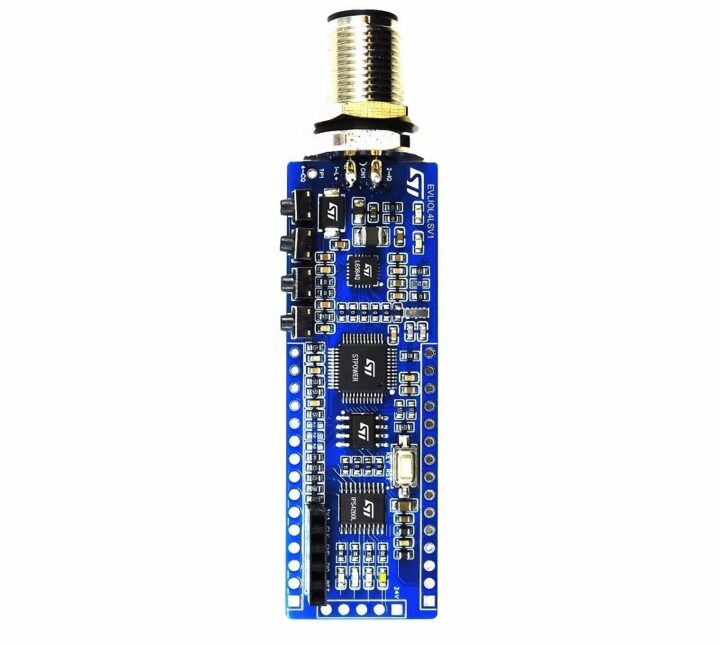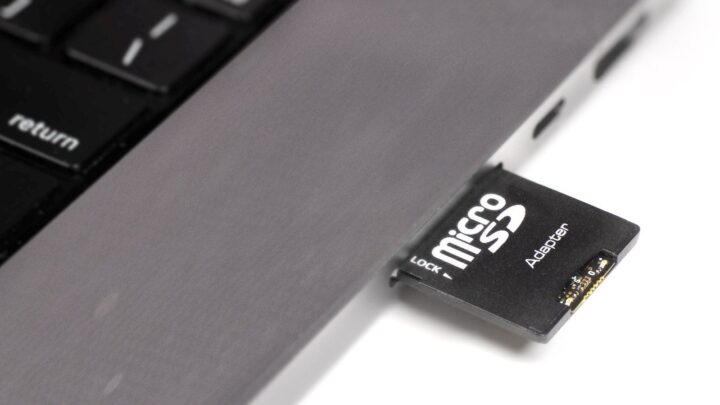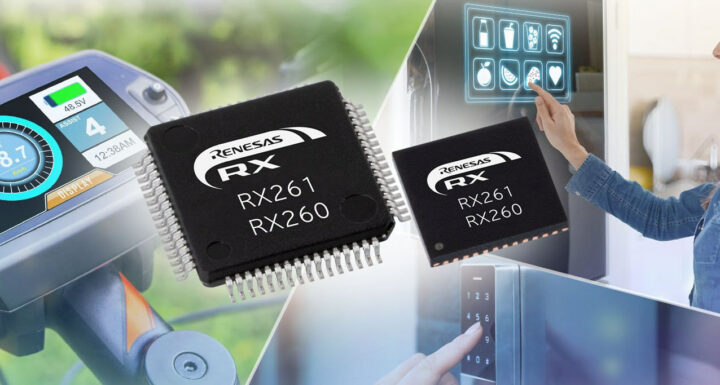ESP32-based YULC USB-C LED Controller features dual power inputs, supports WLED and ESPHome firmware

The YULC (Yes, a USB-C LED Controller) board is a compact, ESP32-S3-powered LED controller with USB-C and DC jack power inputs. It is a fully featured board that can easily replace a rat’s nest of wires and save space and time. This ESP32 LED controller features a built-in buck regulator that converts input power from the USB-C port or barrel jack to the voltage needed for the LED strips. The YULC provides two separate LED channels with a level shifter each to ensure clean and powerful data output, removing the need for a sacrificial pixel or external level shifter. Each channel also has a power MOSFET that can turn off the channels individually and dim simple LED strips via PWM. AAElectronics, the maker, has previously released an IR remote—the Home Assistant-compatible ESP 360 Remote—which we covered at the time. Similar products include the SMLIGHT A1-SLWF-03, DFRobot’s EDGE102-DMX512, and the PixelBlaze [...]
The post ESP32-based YULC USB-C LED Controller features dual power inputs, supports WLED and ESPHome firmware appeared first on CNX Software - Embedded Systems News.


















